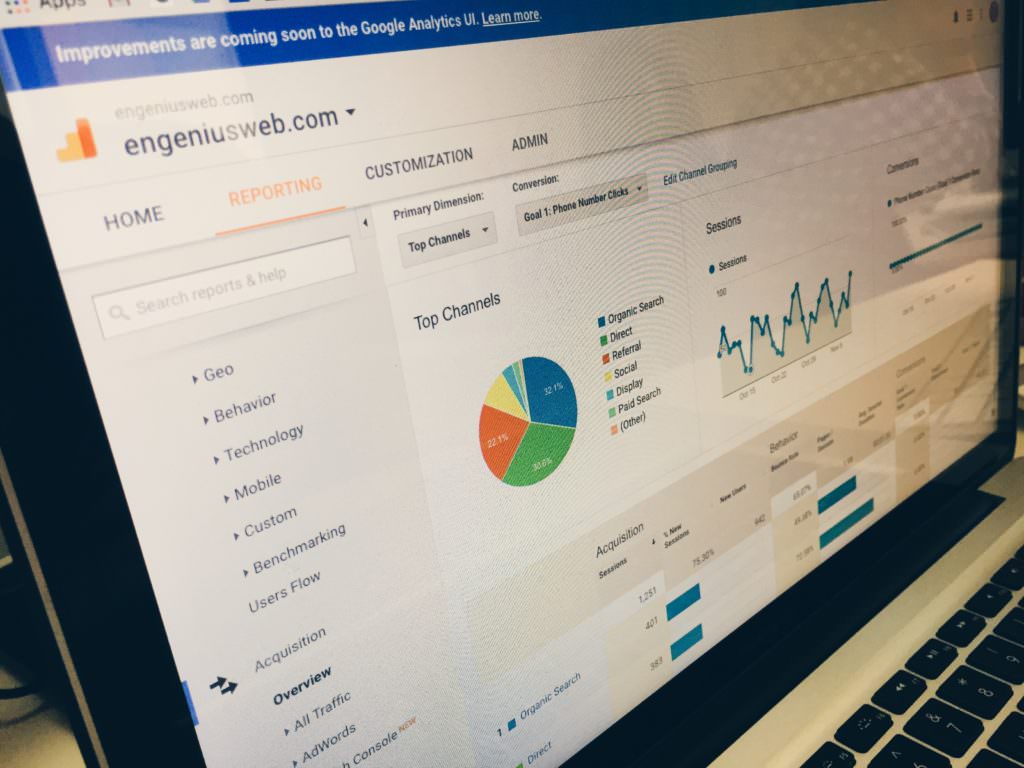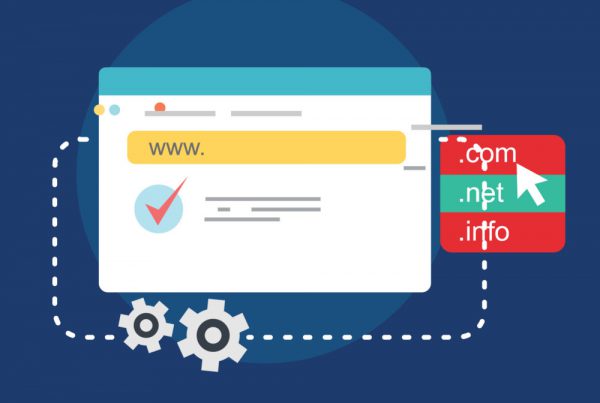
Understanding how people landed on your website is a key component of optimization. If you’ve ever looked at Google Analytics (and if you haven’t you should), you’ve probably seen the words “Direct,” “Referral,” and “Organic” in relation to your traffic. These are the sources where your users come from — or what Google calls channels. But what do these words really mean, and why do they matter?
Direct Traffic
The most common way a user can arrive at your website is by typing the URL into the address bar. This is known as direct traffic. Your visitor arrives directly without coming from anywhere else on the web. Other forms of direct traffic include clicking on a bookmark, or links from documents that don’t include tracking variables (such as PDFs or Word documents).
Referral Traffic
The other way visitors can access your website is by coming from other websites; in this instance, the user lands on your website after following a link from another site. The link that the user clicked on is referred to as a “backlink,” as it links back to your website. This traffic is much more beneficial to the search engine optimization (SEO) of your website as opposed to direct traffic, which has little to no effect. The reason is that Google and other search engines interpret backlinks as little doses of credibility for your website. If other credible websites are linking to your site, that must mean it is comprised of relevant and accurate content, which is exactly what search engines want.
Organic Traffic
Organic traffic is a special kind of referral traffic, defined as visitors that arrive from search engines. This is what most marketers strive to increase. The higher you rank for certain keywords, the more often your search result appears (increasing your impressions), ultimately resulting in more visitors (aka clicks). It’s also important to note that paid search ads are not counted in this category.

Other Forms of Traffic
The bulk of a site’s traffic typically comes from Direct, Referral, and Organic traffic, but there are other channels as well:
- Paid Search – come from pay-per-click (PPC) campaigns and ads on search engines. A common PPC ad management tool is Google Adwords.
- Display – come from banner and text advertisements on websites and apps.
- Social – come from posts and ads on social media networks, such as Facebook, Twitter, and LinkedIn.
- Email – come from links in Emails.
Understanding where your site visitors come from is an integral part of any marketing strategy. Your website is the heart of your digital marketing practices, with traffic acting as the blood. No traffic means your website can’t do anything for your business; knowing the different kinds of traffic and how they play into your website gives you the power to make educated decisions on how to improve your marketing practices.
Start the Conversation
Interested in understanding your website traffic and increasing it?



